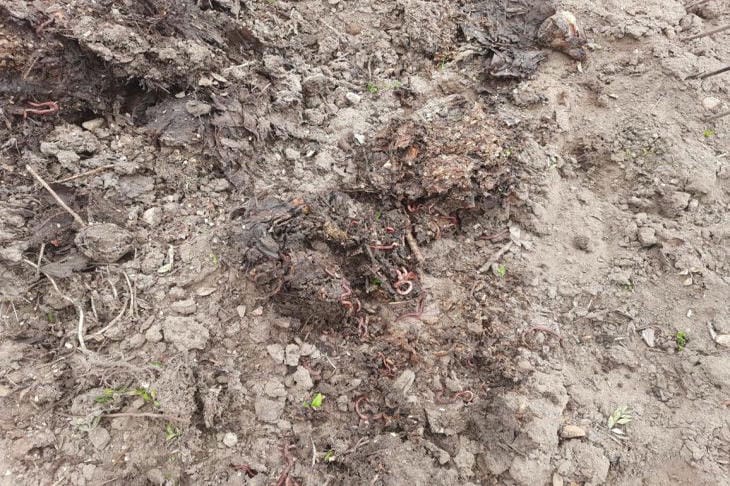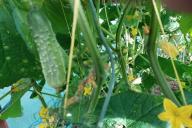Acidic soil presents a serious problem for gardeners and vegetable growers, significantly reducing crop yields and limiting the choice of crops to grow.
Modern methods allow us to quickly and effectively deal with this problem.
Natural materials for deoxidation
Wood ash is considered one of the most accessible and fast-acting means. When adding ash, the result is noticeable after 2 weeks.

It is enough to add 200 grams per square meter of the area to increase the pH by 0.5 units.
Lime materials
Dolomite flour acts faster than other lime materials due to its fine grinding.
Gardeners note a change in acidity 3 weeks after application. The application rate is 300-500 grams per square meter.
Slaked lime
The material shows maximum activity in the first month after application. To achieve a quick effect, it is recommended to apply 250-400 grams per square meter of soil.
Ground chalk
Finely dispersed chalk begins to act almost immediately after application. The optimal dosage is 400-600 grams per square meter of the plot.
Features of application
Deoxidizing materials should be applied in dry weather. The optimal period is considered to be autumn or early spring. After application, the product should be incorporated into the soil to a depth of 10-15 centimeters.
Speeding up the process
To achieve the fastest possible result, it is recommended to combine different materials. For example, the combined use of wood ash and dolomite flour allows you to reduce soil acidity in just 10-14 days.
Control of results
Regular pH measurement helps to monitor the effectiveness of the measures taken. It is recommended to measure every 2 weeks after the introduction of deoxidizing materials.
Preventive measures
To maintain the optimum acidity level, it is necessary to regularly add small doses of deoxidizing materials. Preventive liming is recommended every 2-3 years.








